By Season
By Interest
By Group
Call us toll-free now
Book with an expert for free:
1 778 807 9750
Too much? We’ll call you. Drop your number in the box:
24 hours a day, Monday - Friday
Food in
Norway
Food In Norway
Norway is known to be quite an expensive country. Even so, it is hard to resist shopping in Norway as the quality of their goods is high. The highlight is its design pieces, often created by young local artists who have come to be recognized internationally. The best places to go shopping are in the big cities like Oslo, Bergen, Stavanger or Tromso, among others, since that is where more variety of shops there are. Keep in mind that in Norway there are many Tax Free Tourist establishments, this means that the prices are somewhat lower because the fees you pay in the purchases are returned to you at the airport when you leave the country.
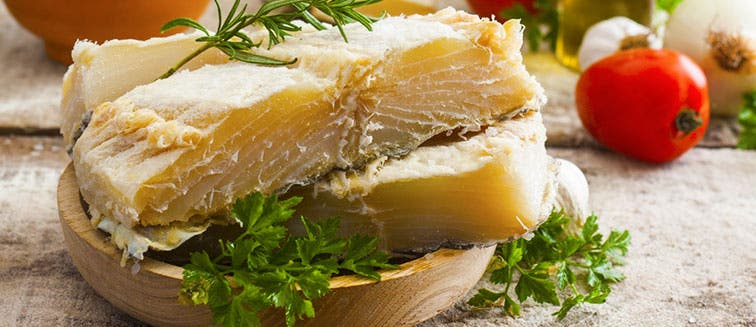
Dried Cod
Norway has been in history one of the largest exporters of dried cod. Therefore, it is a staple of the Norwegian restaurant menu. The cod itself can be served in a number of ways: smoked, marinated, fresh, salted or as lutefisk, which is a Norwegian delicacy, made by soaking the fish in a lye mixture.
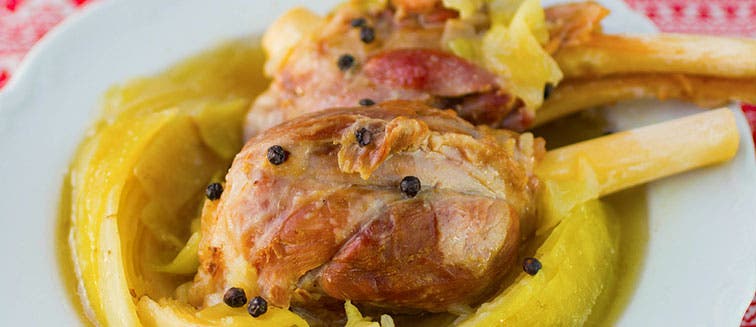
Fårikål
Norway has very good game meat such as elk, reindeer, deer, grouse or lamb. Fårikål is composed of the latter: small pieces of lamb on the bone accompanied by potatoes, cabbage, wheat flour and black pepper. It is usually prepared at the beginning of autumn.
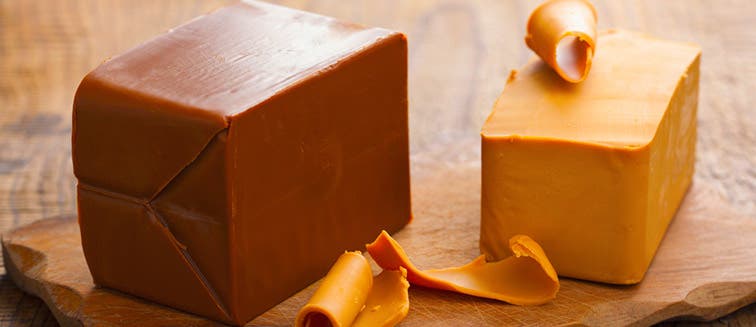
Geitost
It is one of Norway's best-known cheeses. It is made of goat milk and its flavour is a mixture of sweet and sour. It also has a certain touch of caramel. Because of its colour, it is also called brunost (brown cheese). It is often used a lot in breakfast dishes, to make sandwiches and as an accompaniment to coffee.
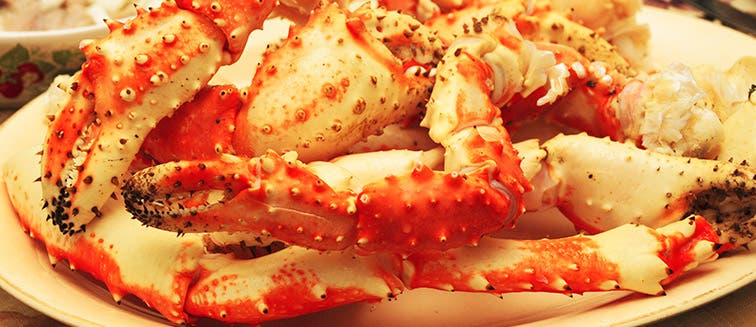
King Crab
Also called as the arctic king crab, these huge crabs are one of the delicacies of northern Norway. In fact, in the Honningsvåg region, there are even safaris where you can fish the crabs out of the sea, cook and eat them. The best meat is found in the crab’s legs and pincers, since the interior of its shell is practically empty. In Norway, there is very good seafood throughout the country.
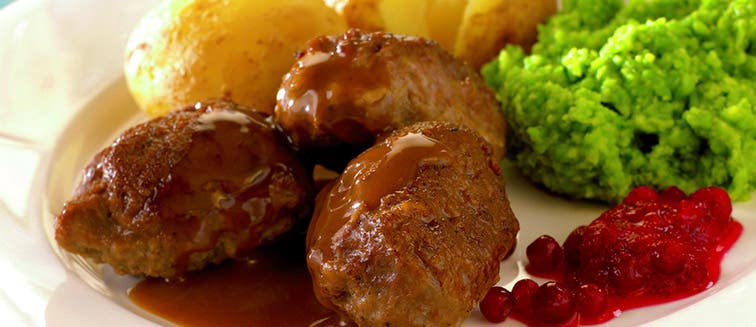
Kjøttkaker
Another of the most typical dishes of Norway is kjøttkaker. These are the meatballs of minced and fried beef and are usually accompanied with mashed peas and boiled potatoes. Most traditionally they are served with mashed peas and a lingonberry jam.
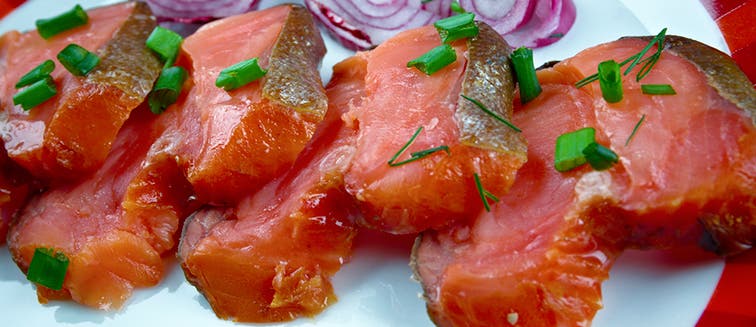
Rakfish
It is one of the most popular dishes in the country. It is salted trout fermented for two or three months. Then they cut it into slices and serve it completely raw. Usually, the trout is accompanied by onions, other fish, vegetables or potatoes and sometimes they also come with sauce or cream to intensify its flavour.
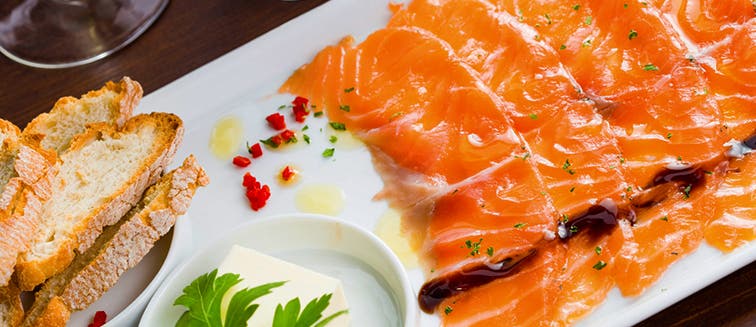
Salmon
The cornerstone of Norwegian cuisine. It is commonly eaten for breakfast, at mid-morning, for lunch, as a snack or for dinner. It fits with all kinds of dishes. The most common is smoked salmon, although there are also other varieties such as gravlaks, where the salmon is cured with salt and sugar and seasoned with dill or other herbs.
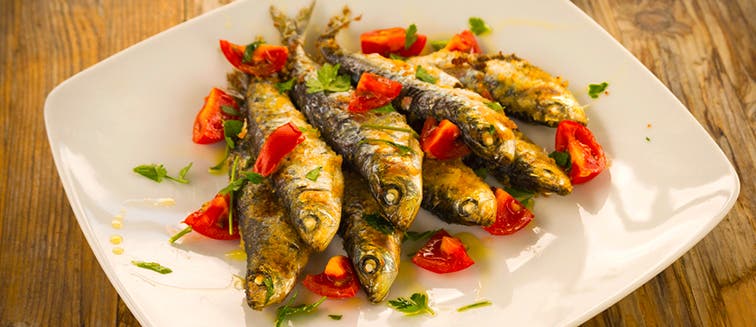
Sardines & Herring
One of the best places to try Norwegian sardines is in Stavanger because here there is even a museum dedicated to the canning company that was in charge of canning this delicacy to later export it. Both sardines and herrings can be accompanied by potatoes or vegetables and sometimes they are also included in fish cakes.
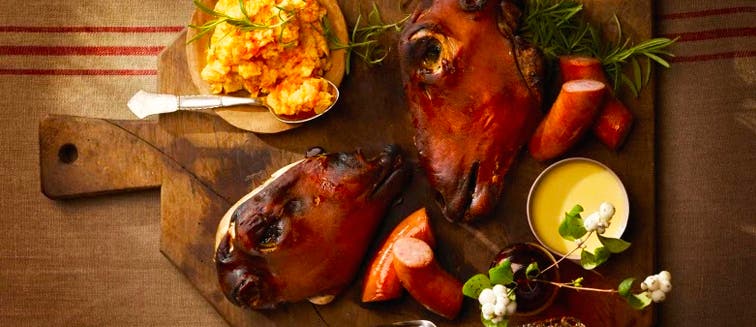
Smalahove
This traditional dish is usually consumed at Christmas time. It is lamb head, cooked slowly over a number of hours. The brains are not usually included and are removed beforehand. Today this dish is considered a delicacy and is usually accompanied by mashed potatoes.
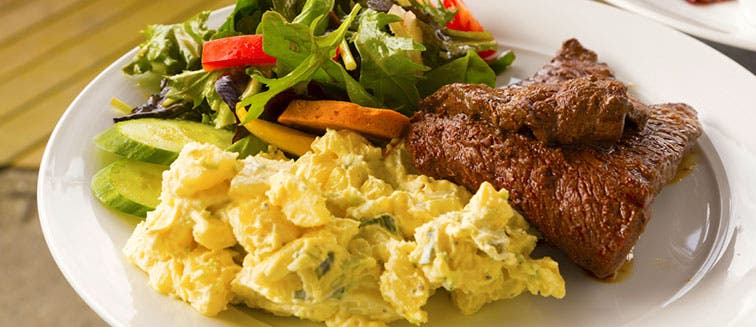
Whale Meat
The further north in Norway you travel, the more often we find it on the menu. Whale meat was one of the staples of Norwegians for years, especially in times when game meat was scarce. Today, this meat, which has an unusual taste, unlike fish, can be found in a number of restaurants and in markets.
